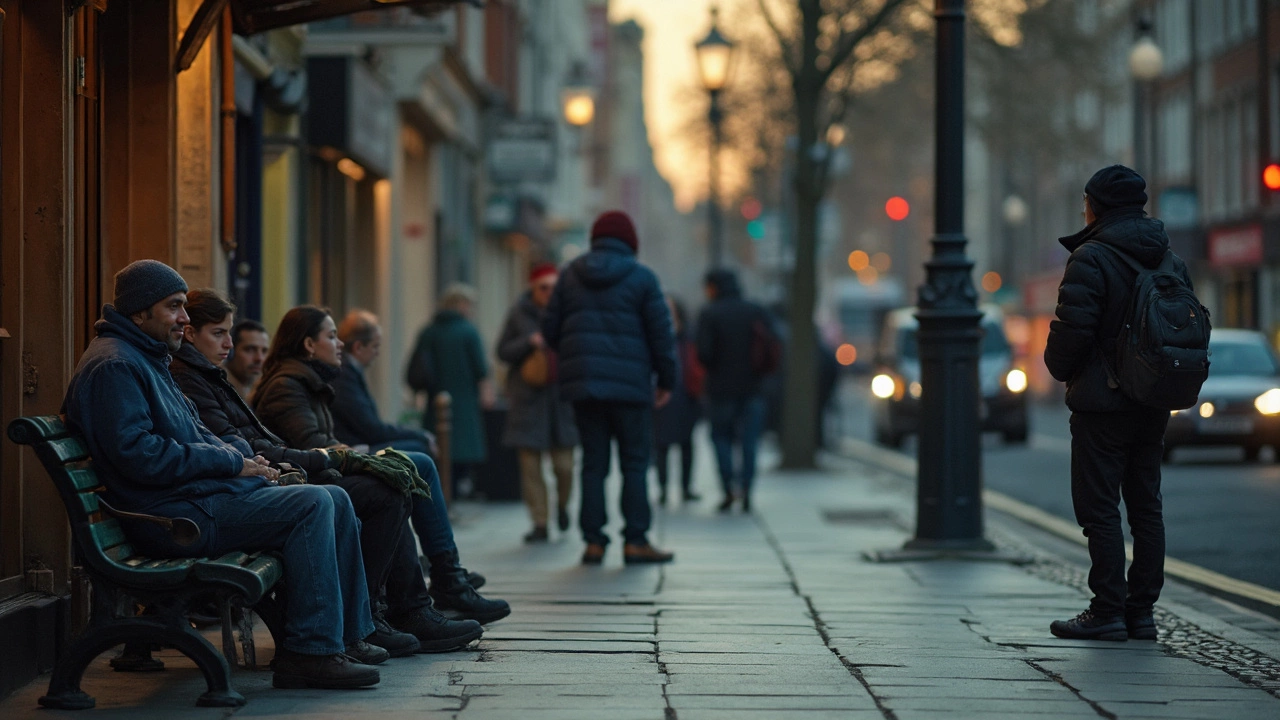Urban Homlessness: What It Means and How You Can Help
When you walk through town and see people sleeping on benches or in doorways, you’re witnessing urban homelessness up close. It’s not a distant problem – it’s happening on our streets, near our homes, and often right under our noses. Understanding the basics can turn confusion into action.
What urban homelessness looks like today
Most cities have a mix of shelters, temporary programs, and people who stay in cars or public places. Recent laws, like Texas’s camping ban, show how quickly policies can change overnight, affecting where people can rest safely. In many places, shelters are full, and waiting lists stretch for months.
Beyond a lack of a roof, urban homelessness often means limited access to hygiene facilities, health care, and steady meals. A study of large UK cities found that over 30% of homeless adults reported chronic health issues, and many rely on food banks or charity shops for basic needs.
Another hidden side is the stigma that comes with being seen as “the homeless person.” This can make it harder to get a job, housing, or even a simple conversation with a neighbor. When you treat someone with respect, you’re already breaking down a big barrier.
Ways you can make a difference
First, learn where the nearest shelters and drop‑in centers are. A quick online search or a call to the local council can give you addresses, opening hours, and any special rules. Knowing the facts lets you guide someone in need to the right place.
Second, you can donate smartly. Instead of sending random items, focus on what shelters actually need – clean socks, non‑perishable food, and personal hygiene kits. Posts like “What Not to Donate” explain why some items cause more work than help.
Third, volunteer your time. Many groups, from community outreach workers to local charities, are looking for reliable people to help with meals, paperwork, or outreach walks. Even a few hours a month can keep a program running.
Fourth, advocate for better policies. Write to your councilor about the impact of camping bans or the need for more affordable housing. Share stories that humanise the issue instead of just citing statistics.
Lastly, keep the conversation going. Talk with friends, family, or coworkers about what you’ve learned. The more people understand the everyday reality of urban homelessness, the more solutions will appear.Urban homelessness is complex, but you don’t need a degree to make a difference. Start with one small step – whether it’s a donation, a volunteer shift, or a quick phone call to a local shelter – and watch the impact grow. Together, we can turn the streets into places of hope rather than just places to survive.

Where Do Most Homeless Live? The Truth About Shelters and Streets
Ever wonder where most homeless people actually live? This article goes beyond the stereotypes, breaking down the real numbers for shelters versus streets, how cities stack up, and what homeless folks actually prefer—plus some practical ways anyone can help. Get clear answers, backed by the latest research and on-the-ground realities. No fluff, just straightforward info you can use.